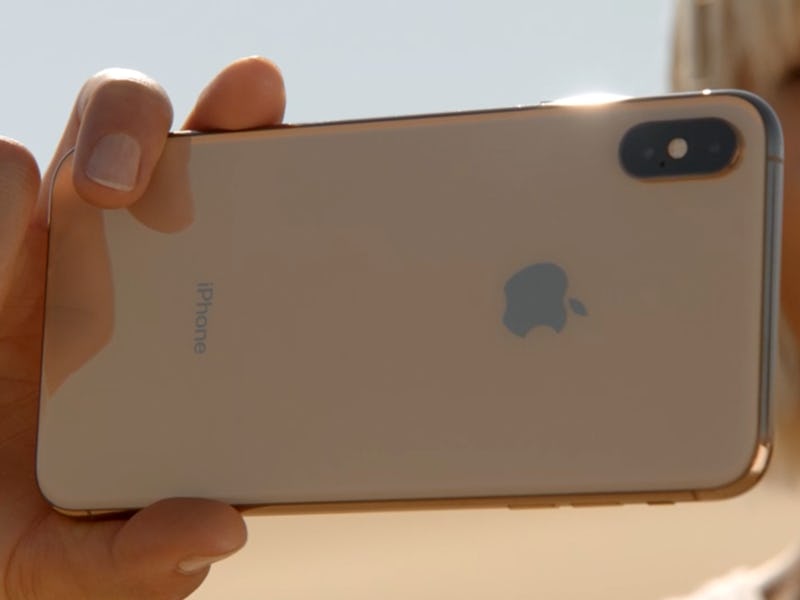Apple iPhone XS Smart HDR and Portrait Mode Make Photography Idiot-Proof
The new software has serious selfie potential.

While the two 5.8 and 6.5-inch premium OLED handsets Apple unveiled on Wednesday came with marginal hardware updates, the software enabled by the phone’s new chip is what truly sets these smartphones apart. Amateur photographers in particular stand to benefit from the new specs, which will make snapping action shots pretty idiot-proof, steady hands or no.
Let’s start with the camera. The rear-facing camera duo consists of a wide-angle, 12-megapixel sensor with f/1.8 aperture and a 12-MP telephoto sensor with f/2.4 aperture.
These are identical to the iPhone X. But the A12’s improved image signal processor (ISP) elevates these components to new heights. The new Smart HDR feature that eliminates shutter lag — the gap between tapping the shutter button and the moment the picture captures — and allows for users to retroactively adjust the bokeh effect created by Portrait Mode. In other words, it lets you swipe a slider to adjust how blurry you want the background of your image to be.
Breakdown of Apple's A12 Bionic Chip inside the iPhone XS and XS Max
“It’s a breakthrough in smartphone photography,” said Phil Schiller, SVP of worldwide marketing at Apple. “It makes taking pictures easier than ever and gives you beautiful results.”
Apple iPhone XS Camera: Smart HDR
Attempting to take a photo of someone (or something) in motion typically results in a blurry image, Smart HDR promises to fix that. The iPhone XS’s rear camera works in tandem with the A12 to shoot at a four-frame buffer, which means the moment you tap the circle at the bottom of the Camera app is the same moment the photo is taken. This should greatly improve the motion blur that shows up when you’re, say, grinding down a handrail at the skatepark.
The XS then takes this one step further by splicing that single shot into multiple frames exposed at different levels of light. Schiller then explained it kind of Frankensteins together an ideal shot from the best part of each image.
A breakdown of the inner workings of the iPhone XS and XS Max rear cameras.
So every photo you’ll take with the XS or XS Max will be an amalgamation of what the devices detects is best. This basically puts photographer-grade hardware at the palm of your hand, while automating a lot of the editing process. It’s like having photography editor in your pocket, though, as new software it will probably need to be refined.
Apple iPhone XS: Adjustable Bokeh
Portrait Mode allowed iPhone users to blur out the background of a photo while keeping the foreground in focus — an effect known as bokeh. Users had to tweak this effect before they actually snapped a photo, but now the XS will enable smartphone photographers to retroactively tweak the foggy filter.
Getting the bokeh just right on the iPhone X typically took a few tries. Now users who weren’t happy with their first attempt can go and adjust the depth of field after the image has already been taken. Creating this effect is a bit of a hassle, even using software like Photoshop, but thanks to the A12 chip it may be as simple as sliding a gauge.
If they perform as advertised, the iPhone XS and XS Max will pretty much guarantee you’ll have the strongest Instagram game among your friends.